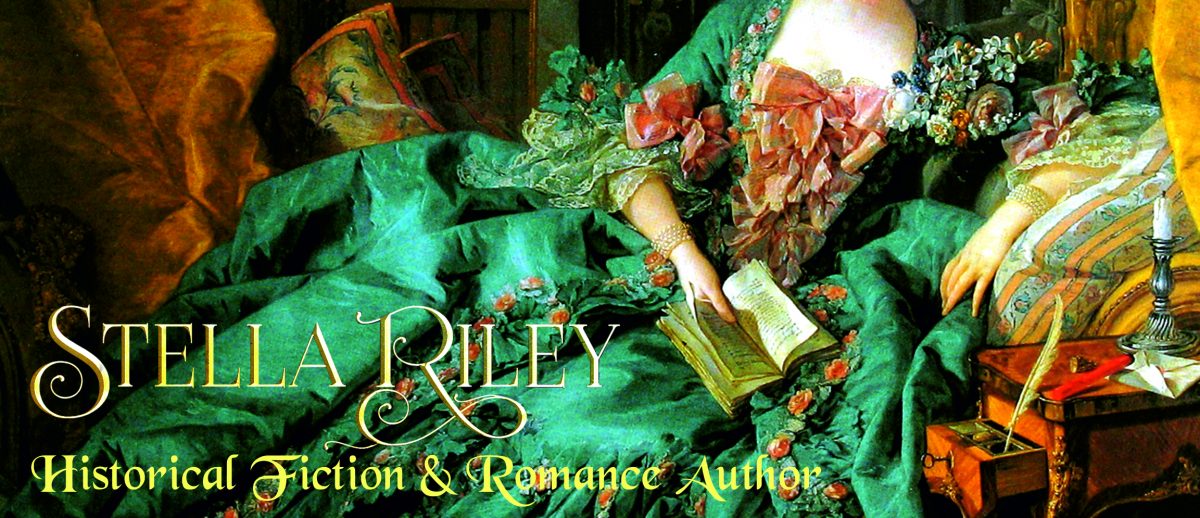Sir Anthony van Dyck
1599 to 1641
The last self-portrait, painted in 1640-41
Van Dyck was born in Antwerp and probably set up his first studio at the age of sixteen while, at around the same time, he began working as an assistant to Rubens. He made his first brief visit to England in 1620 and was paid £100 by James I for some ‘special service’ the nature of which is unknown. But whilst here he saw the Earl of Arundel’s collection of Italian art – which inspired a burning desire to visit Italy. He went there in 1621 and stayed for six years, travelling extensively around the country and developing what was to become his own personal style.
By the time he returned to Antwerp in 1627 he had an international reputation and commissions flooded in both for portraits and for religious paintings. In 1631, he visited the court of the Hague and there discovered that a Protestant court could provide as much patronage as a Catholic one … and this resulted in a second visit to England in 1632.
It is unlikely that van Dyck intended to settle here but, already familiar with his work, Charles I had other ideas and undertook to keep this talented artist at his own court. Thus began the period in which van Dyck would transform the old stiff, formal face of English portraiture into something more real; something that suggested movement and individuality.
Van Dyck virtually painted an entire who’s who of the period – and if proof of this is needed, you need only look at my own Who’s Who – in particular those of Lucy Carlisle (The ‘Real’ Lady de Winter?’) and Lord George Stuart (The Price One Family Paid). His many portraits of the Royal Family created a sense of both informality and noble elegance. In reality, Charles I was neither a tall man nor a particularly imposing figure … but van Dyck gives him stature, nobility and power.
Probably the most famous painting of Charles I – and certainly my own personal favourite – is the Triple Portrait showing the King full-face and in both right and left profiles which was painted in 1635-36 so that Bernini could carve a marble bust. (This was completed in 1637 and sent from Rome under special escort for presentation to Charles and Henrietta Maria.) Van Dyck’s Triple Portrait remained in the hands of the sculptor and his descendants until 1822 when George IV bought it for £1000 guineas. It is now part of the Royal Collection and housed in Windsor Castle.
During his years in England, Van Dyck continued to receive commissions from all over Europe, resulting in a great deal of travel but, when in London, he lived by the river in Blackfriars. He married Mary Ruthven in February 1640 and by August 1641 was reputed to be in ill-health, due to over-work.
His daughter, Justiniana, was born on December 1st 1641 and was christened on the 9th … the day her father died.
Van Dyck was buried in the choir of St Paul’s cathedral … the one burned down during the Great Fire of London. His remarkable legacy, however, lives on.

















